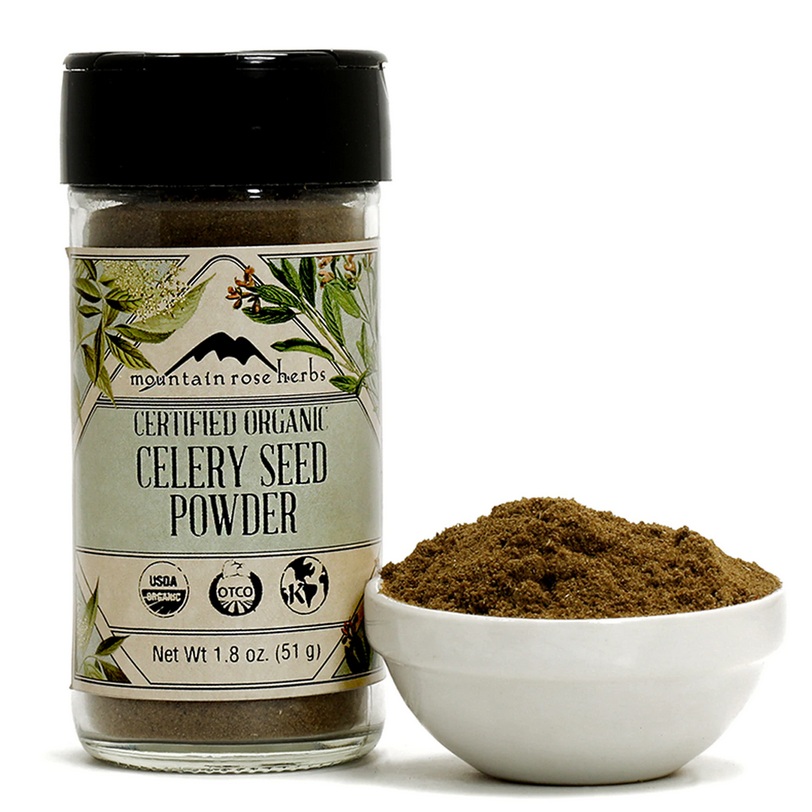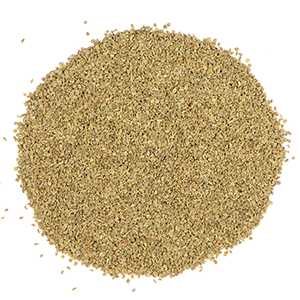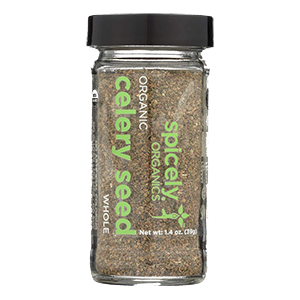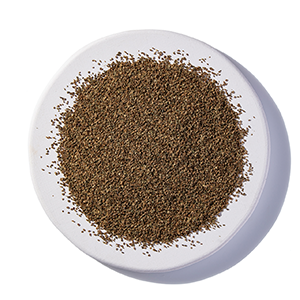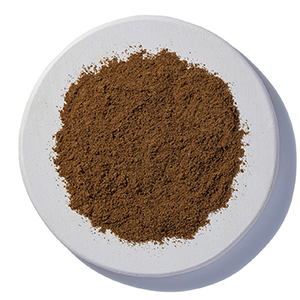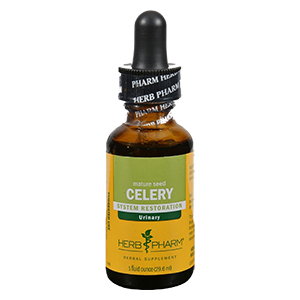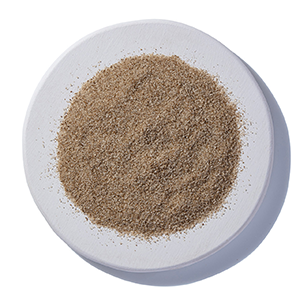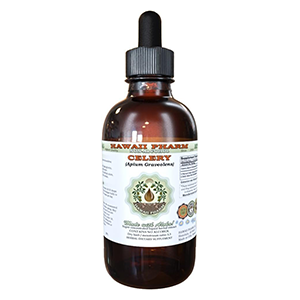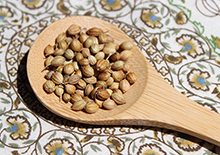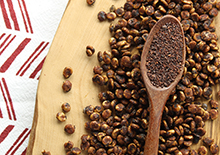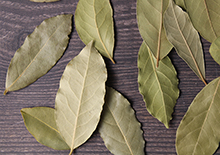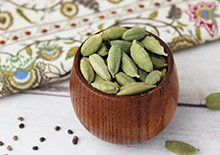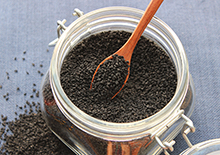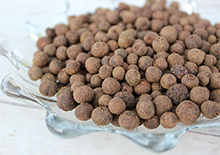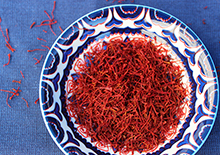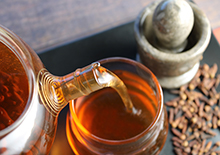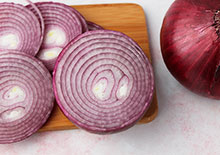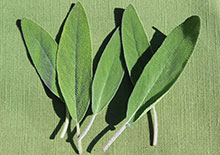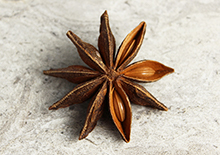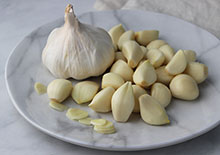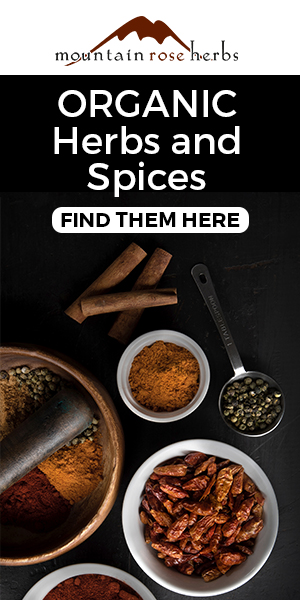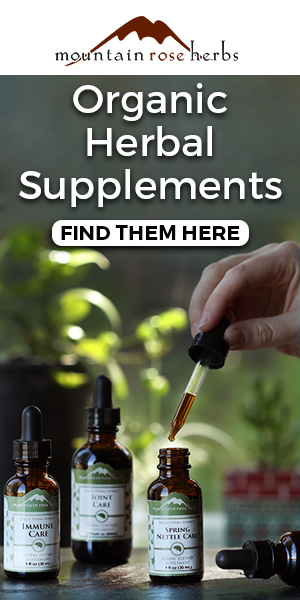- Home
- Herbs and Spices
- Things About Celery Seeds
8 Things About Celery Seeds and Unique Uses
From Celery Variety | Taste | Celery Salt | Main Active Compounds | Folk Traditions | Culinary Spice | Seed Vs Powder | Essential Oil | Precautions | Shop
1) Celery Seeds Come from Celery Variety
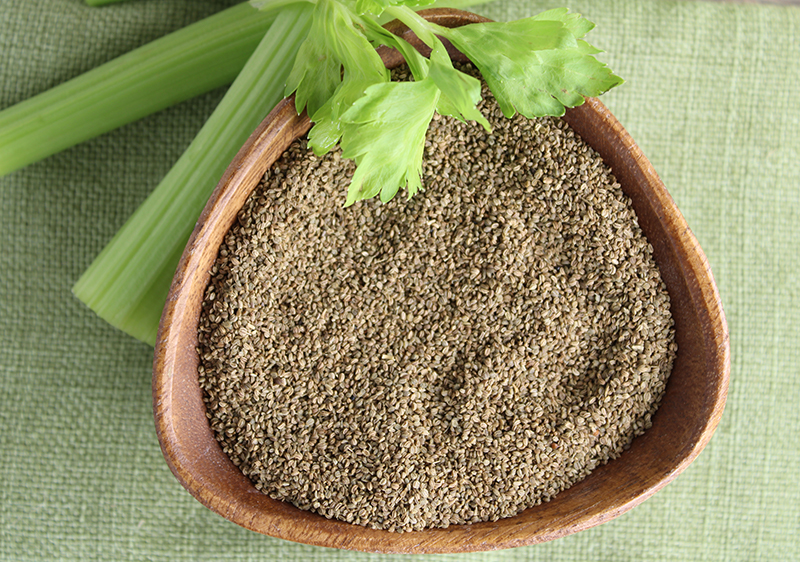
While celery seeds can come from the common celery cultivar, they actually are harvested as a seed spice from another Apium graveolens celery species known as smallage or wild celery.
Celery seeds are in same family as other herbs and spices such as parsley, dill, fennel and cumin.
Called umbellifers, these varieties are classified by their umbrella-shaped lacey flowers that resemble Queen Anne's lace.
When mature, the seed-like fruit develops, dries out and turns a tan to brown color. They somewhat resemble dill seeds in appearance. Being a very tiny seed, one pound may consist of seven hundred thousand to one million celery seeds.
2) Taste as a Spice Seasoning
Table of Contents
From Celery Variety | Taste | Celery Salt | Main Active Compounds | Folk Traditions | Culinary Spice | Seed Vs Powder | Essential Oil | Precautions | Shop
Celery seed is used as a common household spice in many parts of the world in the form of a whole seed or ground powder.
It has a warming slightly bitter quality accompanied by a familiar celery-like taste and aroma.
Considered to be more of a savory seasoning, it can be useful for many culinary endeavors in the kitchen but only takes a small amount to enhance the flavor of a dish.
Too much, especially when using the powder, can be overpowering and add bitterness.
It is often found in many spice mix combinations such as cajun spice, old bay seasoning, all-purpose seasoning and pickling spice blends.
3) About Celery Salt
Celery seed powder is often utilized to make a popular cooking seasoning known as celery salt.
Usually this is a mixture of salt (preferably sea salt or pink salt) and ground celery seed in a 2:1 or 1:1 ratio. Because celery seed has naturally occurring nitrites it works perfect with salt for curing and marinating foods.
Some of you may be familiar with celery salt in the common cocktail known as a Bloody Mary but it's also used in brines when pickling and fermenting veggies like sauerkraut.
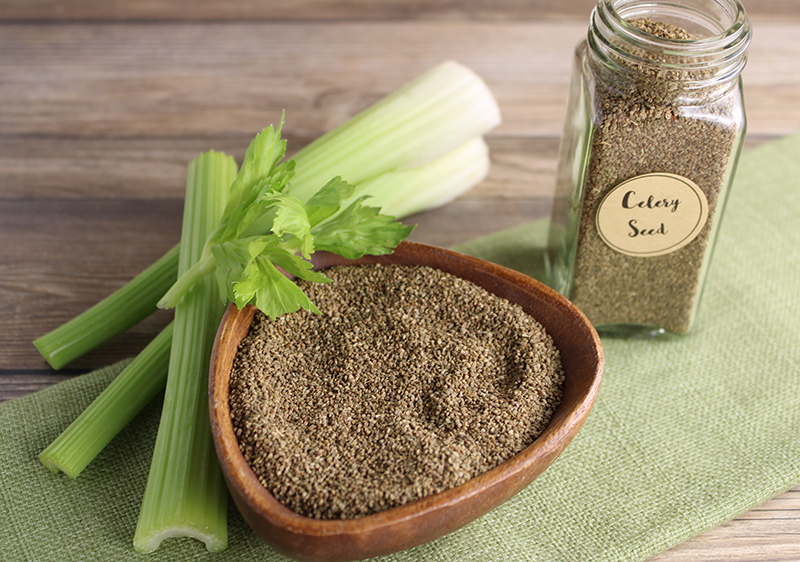
4) Main Active Compounds
Flavonoids are a group of plant polyphenols known for their antioxidant and anti-inflammatory support in vascular health. The two main flavonoids in celery seeds include LUTEOLIN and APIGENIN.
Celery seed tea, in fact, gets its yellow color from the luteolin content.
Other major active components of celery seeds come from their essential oils. The primary ones include LIMONENE and SELINENE. (*)
BUTYLPHTHALIDE and SEDANOLIDE are likewise additional chemical compounds in celery seed oil, which give it that celery-like taste and fragrance as well as provide added health benefits.
In some earlier reports on the butylphthalide compound
in celery seed
(also called n-butylphthalide or NBP), it was identified to possess antihypertensive properties in lab rats.
Later research went on to indicate its potential for the management of hypertension in humans.
In a recent study, the butylphthalide content isolated from celery seeds was reported to offer neuroprotective support by enhancing cerebral blood flow.

5) Unique Uses in Folk Traditions
In herbalism, wild celery seeds from the smallage variety are commonly prepared either as a tea infusion or as a liquid extract for therapeutic purposes.
They are mostly considered to have medicinal properties similar to celery juice and popular in folk traditions as both an antimicrobial, antiarthritic and digestive aid. They're also well-known as a diuretic which can be beneficial for the urinary system.
Celery seeds have recently been added to the household list of botanicals for uric acid buildup in the joints causing things like gout.
This is believed to be due to the luteolin compound which can inhibit an enzyme that encourages the formation of uric acid crystals as shown in one study.
That's why celery seed extracts are often combined with tart cherry extracts in nutritional supplements for cleansing uric acid from the body.
In herbal folklore, wild celery was considered a type of anti-anxiety nervine beneficial for conditions like insomnia, most likely because of its neuroprotective compounds like luteolin which is also found in chamomile tea.
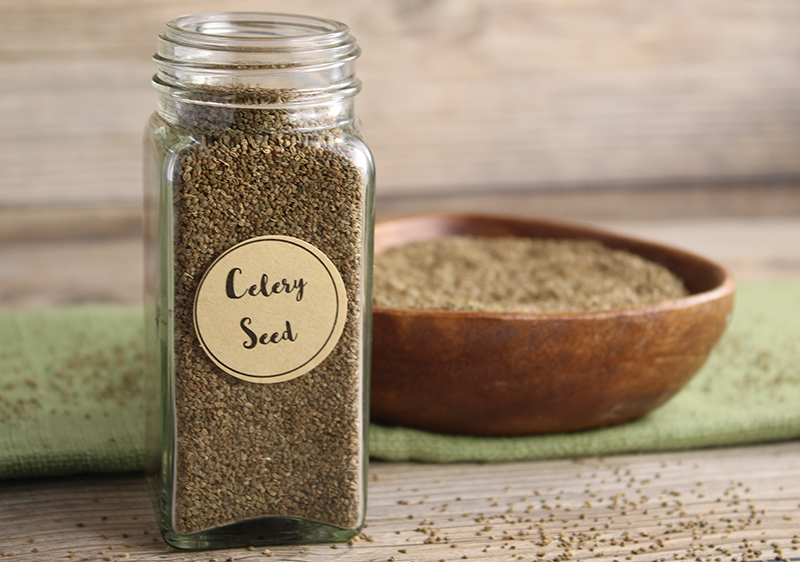
6) Culinary Spice
Celery seeds of course make a hearty addition to a soup, stew, stock or bone broth recipe. They're also a spice favorite in dressings, marinades and often utilized in tomato-based sauces like ketchup and BBQ sauce.
Again, they are available as a bulk whole seed or as a finely ground powder.
With their earthy savory celery-like flavor, they blend well into dry rubs, coleslaw, potato salad, homemade pickles or cultured vegetables.
7) Celery Seed Vs Celery Seed Powder
What are some other things about celery seeds? Well, when it comes to using seeds over pre-ground powders, the volatile oil in the seeds tends to diminish quickly.
Therefore, powders will often be more potent when freshly ground from whole seeds. This is easily done in a high-speed blending device or spice grinder.
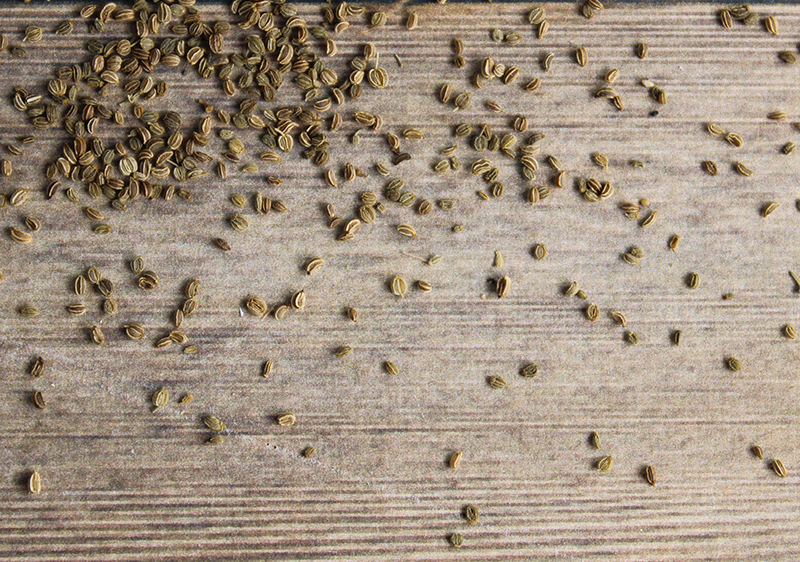
8) Essential Oil and Perfume
Did you know that celery seed is a common essential oil used in aromatherapy?
Apium graveolens seeds are steam distilled and provide an oil that's listed in the "middle note" category. Celery seed essential oil is used in fragrance sprays, soaps, personal care products and blends well with floral scents like chamomile, lavender, ginger and rosemary.
It is also a valuable oil widely utilized in the perfume industry.
Precautions:
Celery seeds should be avoided by those with allergies to the celery species. Do not use in therapeutic amounts if pregnant or nursing. Consult your healthcare professional if you are taking any medications or if you have a serious health condition.
Shop Related Products (About Affiliates & Amazon Associate Paid Links)
Affiliate Disclaimer: This section contains affiliate product links. If you make a purchase through our recommended links, we receive a small commission at no additional cost to you. Thanks for the support.

